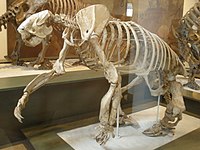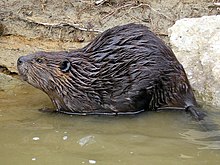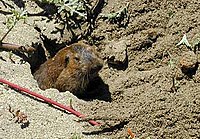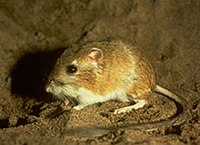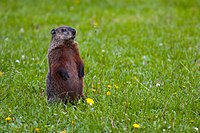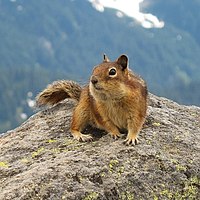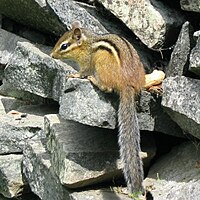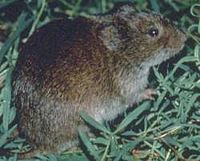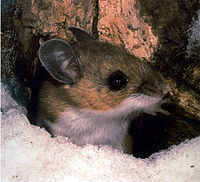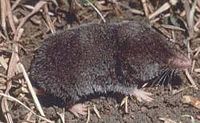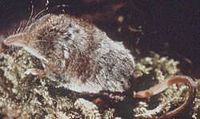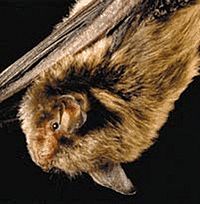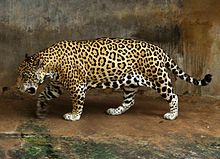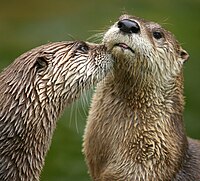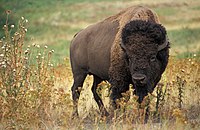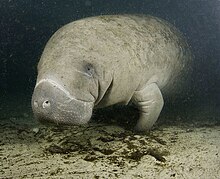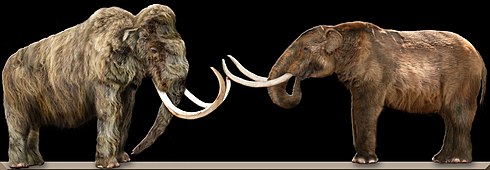This article is being considered for deletion in accordance with Wikipedia's deletion policy. Please share your thoughts on the matter at this article's deletion discussion page. |
This article is an orphan, as no other articles link to it . Please introduce links to this page from related articles ; try the Find link tool for suggestions. (January 2023) |
This is a list of North American mammals. It includes all mammals currently found in North America north of Mexico, whether resident or as migrants. There is a separate list of Mexican mammals. This article does not include species found only in captivity. Mammal species which became extinct in the last 10,000 to 13,000 years are also included in this article. Each species is listed, with its binomial name. Most established introduced species occurring across multiple states and provinces are also noted.
Contents
- Opossums
- Didelphidae
- Armadillos
- Dasypodidae
- Chlamyphoridae
- Pampatheriidae
- Sloths
- Megalonychidae
- Megatheriidae
- Mylodontidae
- Nothrotheriidae
- Rodents
- Aplodontiidae
- Beavers
- Jumping mice
- Porcupines
- Capybaras
- Geomyidae
- Heteromyidae
- Squirrels
- Cricetidae
- Rabbits and hares
- Leporidae
- Ochotonidae
- Moles and shrews
- Talpidae
- Soricidae
- Bats
- Vespertilionidae
- Molossidae
- Antrozoidae
- Mormoopidae
- Phyllostomidae
- Carnivores
- Felidae
- Canines
- Bears
- Procyonidae
- Mustelids
- Mephitidae
- Eared seals
- Odobenidae
- Earless seals
- Perissodactyla
- Horses
- Tapirs
- Artiodactyla
- Camelidae
- Tayassuidae
- Bovines
- Cervidae
- Antilocapridae
- Cetacea
- Sirenia (sea cows)
- Trichechidae
- Dugongidae
- Proboscidea
- Elephantidae
- Mammutidae
- Gomphothere
- Introduced mammals
- Echimyidae - Echimyinae, Myocastorini
- Muroidea
- Leporidae 2
- Cercopithecidae
- Herpestidae
- Mustelidae
- Equidae
- Suidae
- Bovidae
- Cervidae 2
- See also
- Notes
- References
- Further reading
- External links
- Lists of Western Hemisphere mammals from north to south
Some species are identified as indicated below:
- (A) = Accidental: occurrence based on one or a few records, and unlikely to occur regularly
- (E) = Extinct : died out between 13,000 years ago and the present
- (Ex) = Extirpated : no longer occurs in area of interest, but other populations exist elsewhere
- (I) = Introduced : population established solely as result of direct or indirect human intervention; synonymous with non-native and non-indigenous
 |
Conservation status - IUCN Red List of Threatened Species:
- EX - extinct, EW - extinct in the wild
- CR - critically endangered, EN - endangered, VU - vulnerable
- NT - near threatened, LC - least concern
- DD - data deficient, NE - not evaluated
- (v. 2013.2, the data is current as of March 5, 2014 [1] )
- E - endangered, T - threatened
- XN, XE - experimental non essential or essential population
- E(S/A), T(S/A) - endangered or threatened due to similarity of appearance
- (selected only taxa found in the US, the data is current as of March 28, 2014 [2] )
